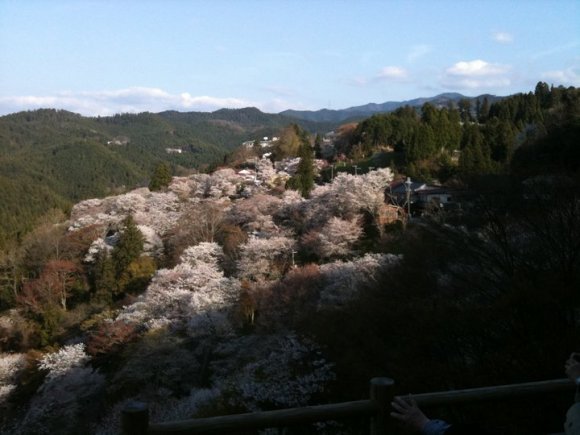
Often overlooked in favor of Kyoto, Nara Prefecture is one of the most beautiful and significant places—culturally and historically—in Japan. If you happen to be traveling in the Kansai region, we cannot urge you enough to make the time to swing by!
In fact, there’s so much to see that we can’t possibly tell you about every amazing place in Nara, but here are a few of our favorites!
NARA CITY
Let’s start with the place many people already know about: Nara City.
- Heijou Palace
The city was one of the first permanent capitals of Yamato (the old name for Japan) and, in 2010, Nara celebrated its 1300th anniversary by rebuilding the long-lost Heijo Palace. As you can see in the architecture, the people of the Nara Period were heavily influenced by Chinese culture of the time. The palace is free to enter and only a short walk from Yamatosaidaiji Station in Nara City.
▼The reconstructed palace (via Wikipedia)
▼The reconstructed palace gate, Suzakumon. (via Wikipedia)
- Todai Temple
Of course, we would be remiss if we didn’t mention Todai Temple, a World Heritage site registered with UNESCO and home to the largest wooden building in the world (until 1998).
▼Daibutsuden: Inspiring “Holy crap, that’s big!” comments since the 8th century
Housed within the temple is the Nara Daibutsu—an enormous copper and bronze Buddha statue completed in 752, measuring 14.98 meters (49.1 feet) tall and weighing 500 tonnes (or 550 US tons).
▼Daibutsu (via Wikipedia)
Todai Temple is conveniently located a short walk from JR Nara and Kintetsu Nara Stations and has an admittance fee of 500 yen (about US$5).
- Nara Park
The uphill walk from the stations to the temple will take you past Nara Park, Koufuku Temple, the Nara National Museum, and hundreds of free-roaming deer. The deer, which happily gobble up the senbei (rice crackers) sold by various merchants in the area, are mostly harmless—but they won’t hesitate to “encourage” you to feed them with “gentle” nudges.
▼“Gimme the senbei and nobody has to get poked!”
HORYU TEMPLE
While Toudai Temple was once the largest wooden building in the world, Houryu Temple, an hour southwest of Nara City by train, is the oldest. Built in 607, the Buddhist temple has a number of beautifully constructed buildings and statues as well as a museum. The center pieces of the temple are the five-story pagoda and Kondo, or Golden Hall, which contains elaborate murals, statues, and other national treasures. Be warned, though: the entrance fee is a bit steep at around 1,000 yen (roughly US$10) for adults.
▼Golden Hall (via Wikipedia)
▼Five-story pagoda (via Wikipedia)
ASUKA MURA
Going directly south from Nara City, we come to Asuka Mura, or Asuka Village, the capital of Yamato directly before the Emperor’s move to Nara. In addition to having historical significance, the area is absolutely beautiful with its soft rolling hills and lush greenery.
You have a few options for going around to these sightseeing spots: Catch a bus, walk, or rent a bicycle. However, the buses run infrequently, so unless you want to spend a lot of time walking, renting a bicycle is your best bet. There are a few bike rental shops right outside of Asuka Station (such as this one, which also provides a map of local sightseeing destinations), and you can expect to spend between 900 and 1,500 yen (about US$9 to $15) on a one-day rental.
- Ishibutai Kofun
One of the most popular places is the Ishibutai Kofun, which was once an ancient tomb. Originally covered with a mound of dirt, the tomb was stripped bare by the elements, leaving behind only the monolithic stones composing its walls and roof.
Dug into the ground, the chamber is large enough to hold several people. And, thanks to the cool soil, it’s a nice place to hide from the sun in the summer! If you’re hungry, there are a few restaurants and gift shops next door that serve traditional Japanese food as well. (All Ishibutai Kofun photos via Wikipedia)
- Amakashi no Oka
About a mile and a half to the north-west is Amakashi no Oka, or Amakashi Hill, whose summit affords a panoramic view of the Asuka area. The hill is also of historical interest as, in addition to enshrining Empress Suiko and various deities, this was where “trials” were carried out. Rather than pleading their cases with judges, jurors, and lawyers, people accused of major crimes were given “trail by fire,” in which they would place a hand into a bowl with a poisonous snake or boiling water. If they escaped unharmed, it was a sign from the gods of their innocence.
▼View to the east (Click for larger image)
▼View to the west (Click for larger image)
YOSHINO
Getting on the train and heading further south, travelers come to the end of the Kintetsu train line that runs the 70 kilometers (about 43.5 miles) from Kyoto to Yoshino. After either taking a cable-car or hiking up from Yoshino Station, travelers stroll up a street lined with massive torii gates and traditional buildings where Japanese food, treats, and souvenirs are sold, before trekking into the tree-covered mountains.
- Yoshino Angu
Yoshino is home to a sprawling national park with thousands of Japanese cherry trees as well as numerous beautiful temples and shrines. During the Nanbokucho Period, from 1334 to 1392, it was also the site for the Southern Imperial Court’s palace as they fought with the Northern Imperial Court in Kyoto for control of Japan.
▼Yoshino Angu, palace to the Southern Imperial Court, visible in the center background
- Kinpusen Temple
▼Kuromon, the black wooden gate (Via Wikipedia)
▼Kane no Torii, the bronze gate (via Wikipedia)
Coming to the top of the road, we arrive at Kinpusen Temple. This is the head temple for Shugendo Buddhism, a sect of esoteric Japanese Buddhism famous for yamabushi monks who live and wander in the mountains and are alleged to have magical powers.
After climbing a set of steep stairs, travelers come to the Nio gate. Nio are large, wooden statues of the Buddha’s fierce, muscular guardians.
▼Nara: Land of too many stairs (via Wikipedia)
▼”Hey. How’s it going?”
▼”I have such a cramp in my arm!!”
Once past the fearsome warriors, you can proceed to the main hall, called Zao Do, which houses some of the most unusual Buddhist statues in Japan.
▼Zao Do
Unfortunately, photography is prohibited inside (despite the many photos available online), but you can get a look at the Zao Gongen statues in the tourism commercial below starting about 10 seconds in.
Attached to the temple are some smaller Shinto shrines dedicated to Inari Okami, the Japanese god of foxes.
▼It’s just so…cute!!
- Yoshino cherry blossoms
After exploring Kinpusen Temple, travelers can follow the road into the mountains to see Yoshino’s legendary cherry trees. In spring, the whole valley is covered in the white blossoms, which have inspired Japanese poets for over 1,000 years. There are a number of hiking trails with multiple vantage points as well as some “roadside” tea houses.
▼Semi-panoramic view of Yoshino cherry blossoms. Click for larger view.
▼Enjoying some green tea at a “roadside” tea house. More temples are visible across the valley.
KII MOUNTAINS
Finally, you can head even further south to the Kii Mountains, where Shugendo followers often traveled in the Heian period (794 to 1192). The mountainous region was, and still is, an important area for Buddhist pilgrimages, stretching out into three prefectures: Nara, Wakayama and Mie.
▼Follow the…uh…stoney brick road? (via Wikipedia)
▼Sanjo Mountain (via Wikipedia)
▼Daikou mountain range (via Wikipedia)
We hope you enjoyed our tour of Nara! There is still much more to see, so we hope you’ll get a chance to check it out!
All photos (unless otherwise noted): RocketNews24
Sources: Wikipedia (Amakashi no Oka, Inarioomikami, Kinpusenji)


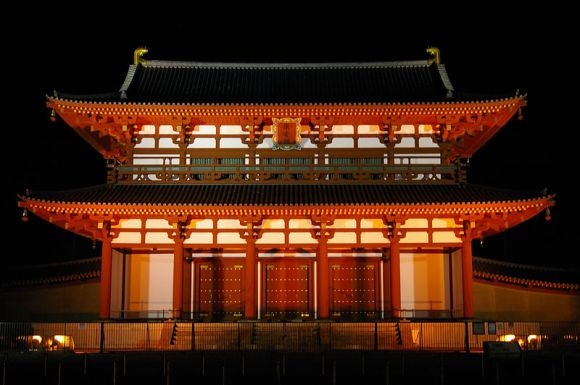
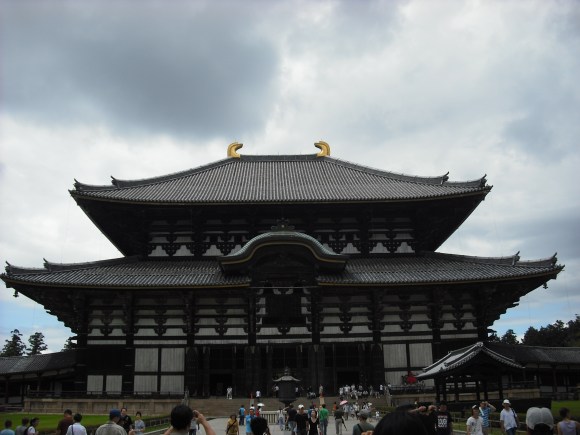
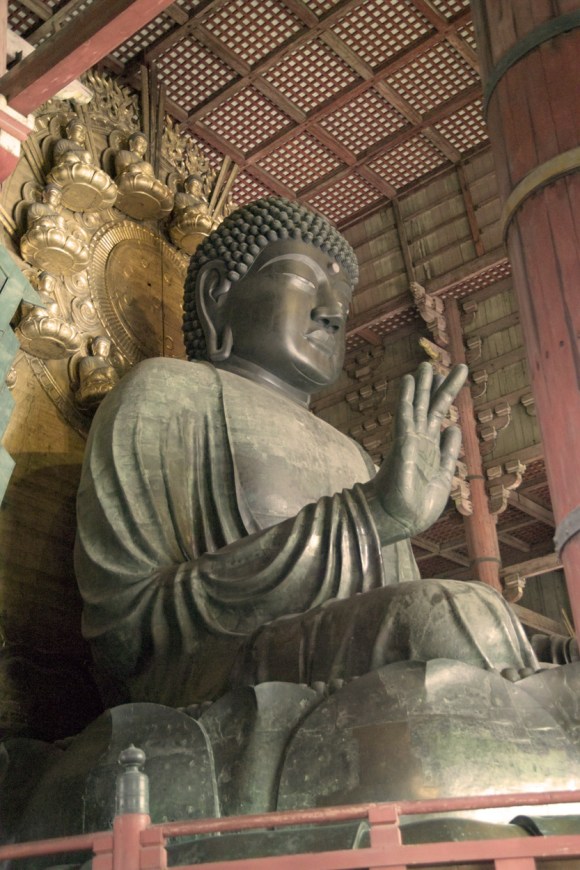
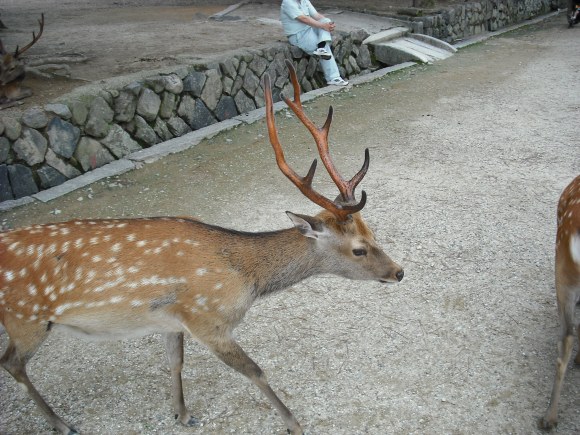
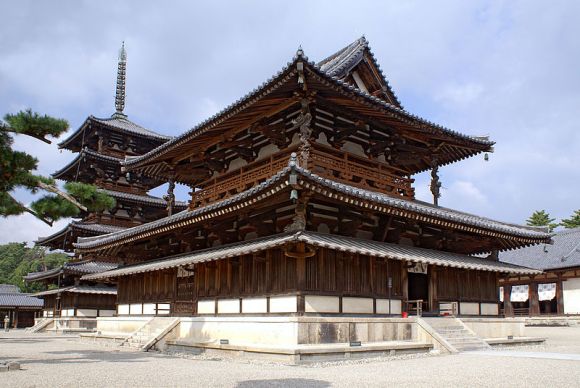
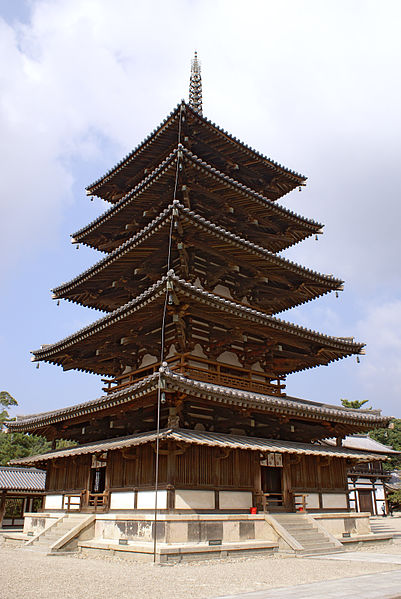
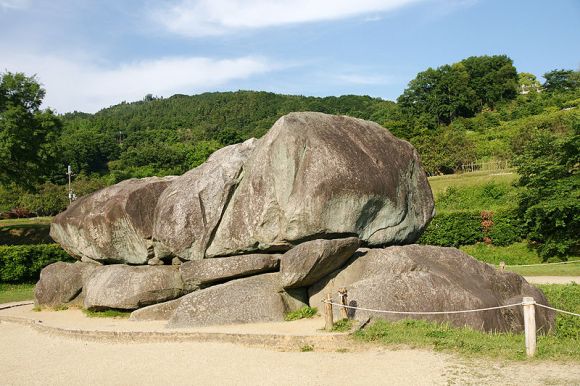
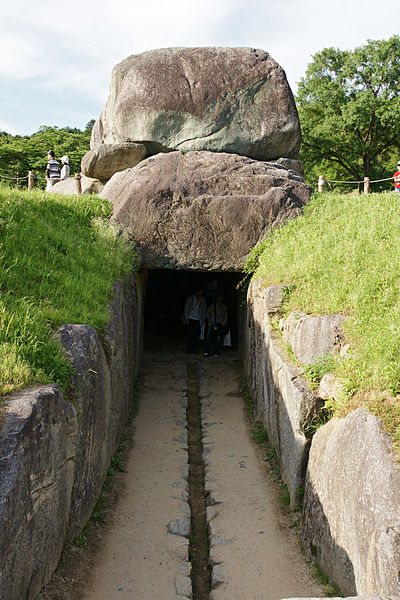
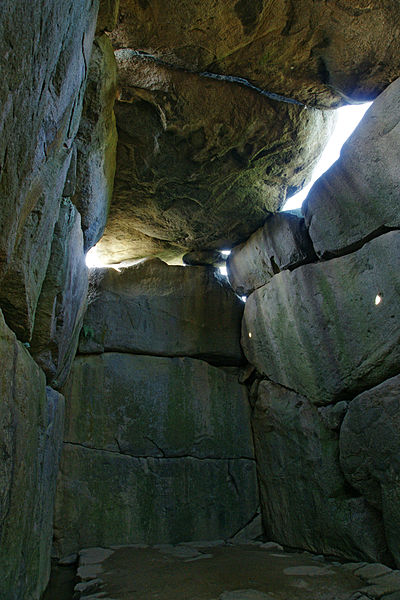


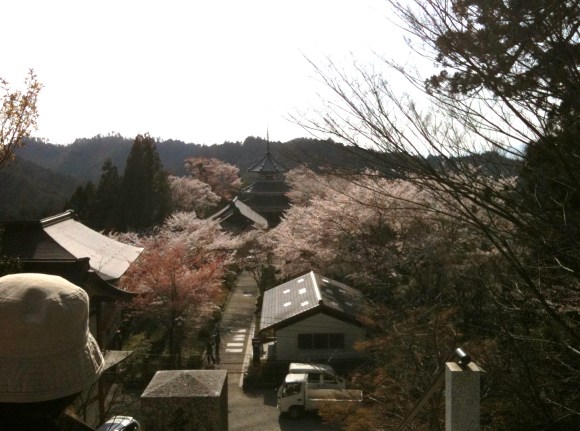
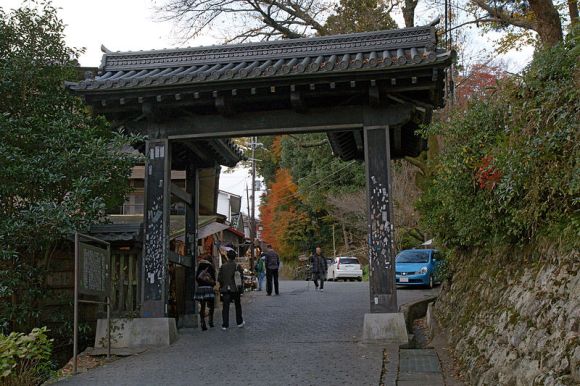
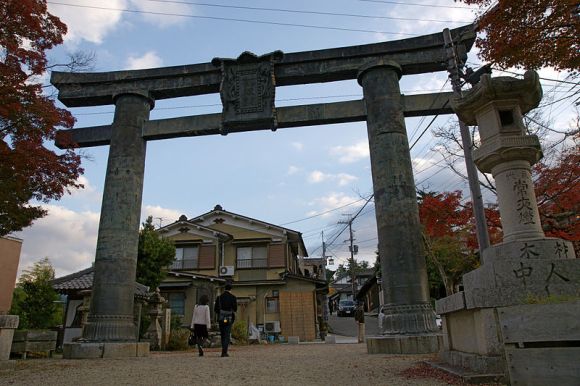
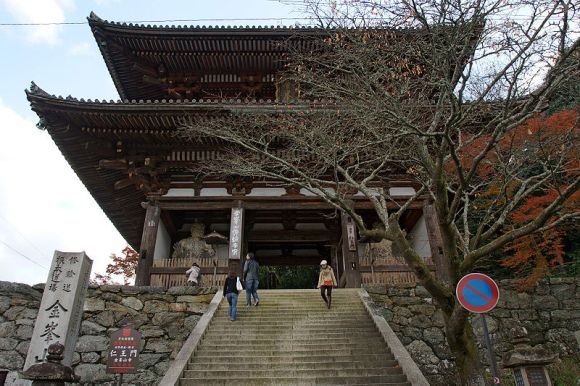
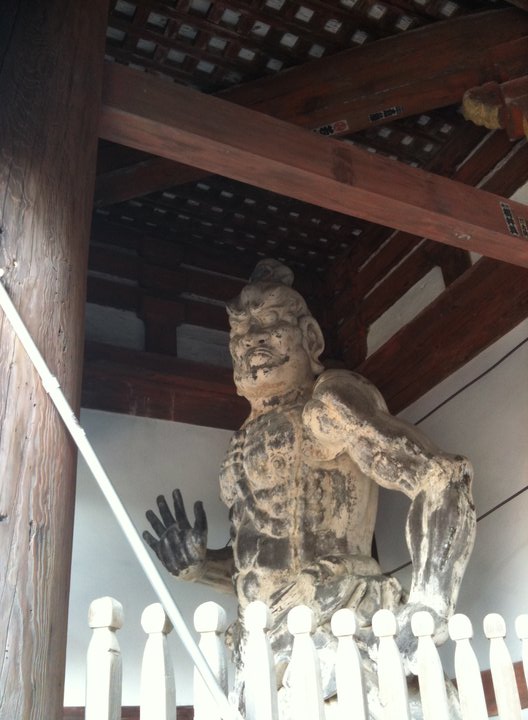
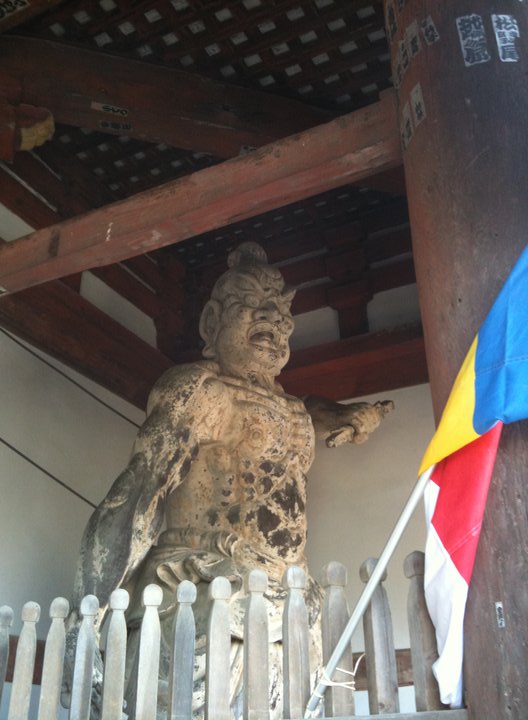
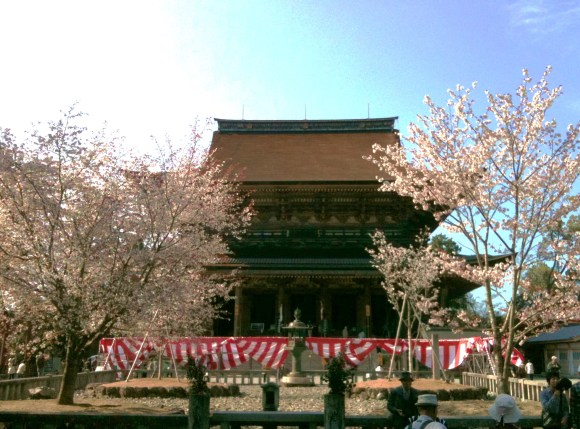
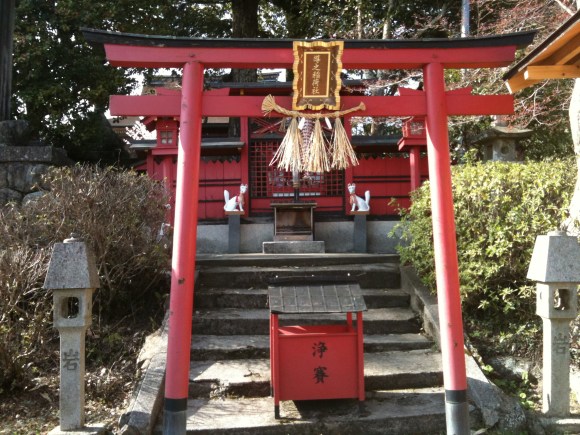

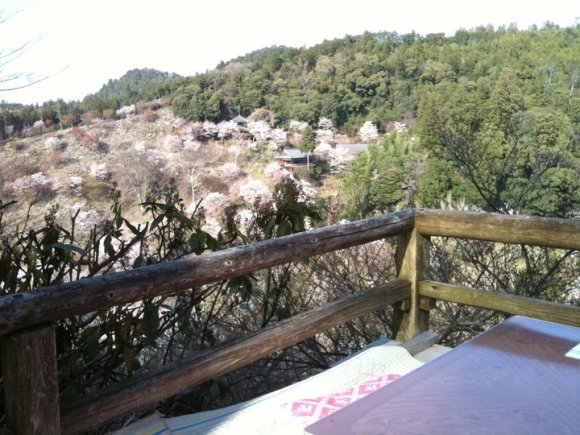
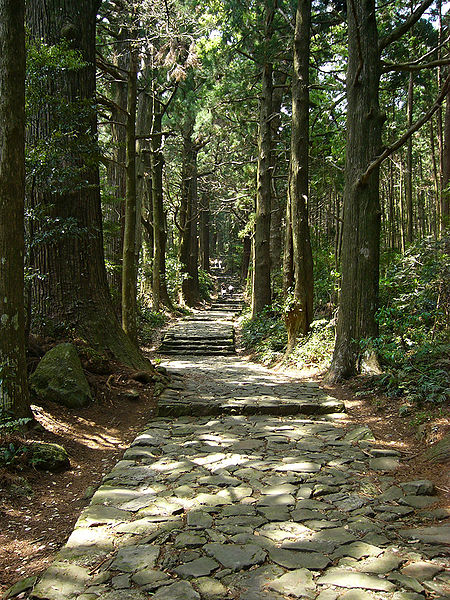
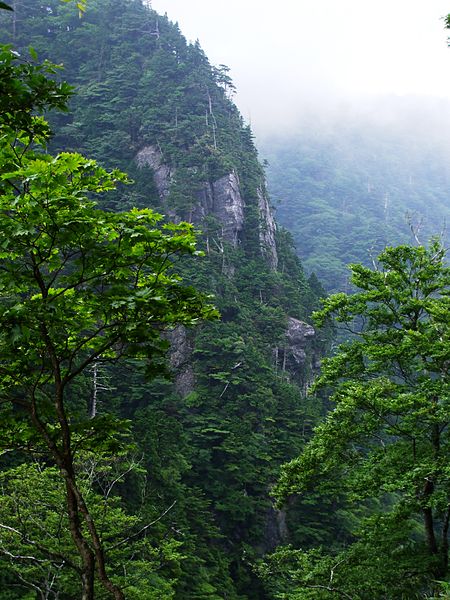
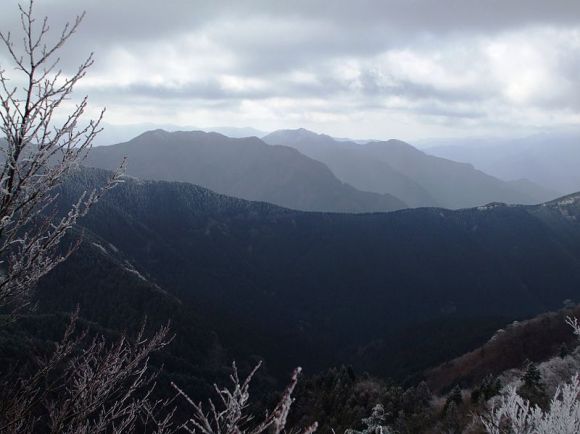
 Is this 1,300-year-old dish found in Nara actually cursed?
Is this 1,300-year-old dish found in Nara actually cursed? When in Nara be sure to stop by the cockroach memorial statue
When in Nara be sure to stop by the cockroach memorial statue Good news, Nara residents! You’re in the middle of a huge upside-down pentagram!
Good news, Nara residents! You’re in the middle of a huge upside-down pentagram! Japan Bucket List II: 8 places you need to visit to really understand Japan
Japan Bucket List II: 8 places you need to visit to really understand Japan Visiting Ramen River, a Japanese restaurant that’s only open two hours a day
Visiting Ramen River, a Japanese restaurant that’s only open two hours a day Village Vanguard’s most expensive Black Lucky Bag sets an ominous tone for 2026
Village Vanguard’s most expensive Black Lucky Bag sets an ominous tone for 2026 Pizza Hut Japan’s hot lucky bags are perfect for a New Year’s pizza party
Pizza Hut Japan’s hot lucky bags are perfect for a New Year’s pizza party Cute Anime Girls Driving Sales of Windows 8 in Japan
Cute Anime Girls Driving Sales of Windows 8 in Japan Japanese beef bowl chain Sukiya’s 2026 Smile Box lucky bag basically pays for itself
Japanese beef bowl chain Sukiya’s 2026 Smile Box lucky bag basically pays for itself Large amount of supposed human organs left in Osaka marketplace
Large amount of supposed human organs left in Osaka marketplace Book of over 200 Hayao Miyazaki Totoro pre-production illustrations, some never published, now on sale
Book of over 200 Hayao Miyazaki Totoro pre-production illustrations, some never published, now on sale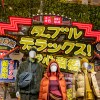 One-of-a-kind Osaka-themed Uniqlo Shinsaibashi opens
One-of-a-kind Osaka-themed Uniqlo Shinsaibashi opens Japanese office snack service begins offering vegan and gluten-free options
Japanese office snack service begins offering vegan and gluten-free options We encountered the most frightening fried chicken in Ameyokocho in Tokyo, and ate it anyway
We encountered the most frightening fried chicken in Ameyokocho in Tokyo, and ate it anyway Cup Noodle tries an authentic Jiro-style ramen, but something’s not quite right
Cup Noodle tries an authentic Jiro-style ramen, but something’s not quite right Starbucks Japan ready to get Year of the Horse started with adorable drinkware and plushies【Pics】
Starbucks Japan ready to get Year of the Horse started with adorable drinkware and plushies【Pics】 Hayao Miyazaki says Happy New Year to Studio Ghibli fans with new art for Year of the Horse
Hayao Miyazaki says Happy New Year to Studio Ghibli fans with new art for Year of the Horse 7 great places to see Mt. Fuji from without having to climb it
7 great places to see Mt. Fuji from without having to climb it We found possibly the quietest Japanese-style hotel in Tokyo’s bustling Shinjuku district
We found possibly the quietest Japanese-style hotel in Tokyo’s bustling Shinjuku district Hello Kitty Choco Egg figures are an adorable trip through three periods of Japanese pop culture【Pics】
Hello Kitty Choco Egg figures are an adorable trip through three periods of Japanese pop culture【Pics】 Japan’s oldest largetooth sawfish in captivity back on display in Mie Prefecture
Japan’s oldest largetooth sawfish in captivity back on display in Mie Prefecture Cyberpunk anime meets traditional culture in Ghost in the Shell gold leaf Japanese changing screens
Cyberpunk anime meets traditional culture in Ghost in the Shell gold leaf Japanese changing screens The best Starbucks Japan Frappuccinos we want to drink again in 2026
The best Starbucks Japan Frappuccinos we want to drink again in 2026 We revisited Sweets Paradise after a decade to see if Japan’s dessert buffet still delivers
We revisited Sweets Paradise after a decade to see if Japan’s dessert buffet still delivers 7-Eleven Japan starts new temporary luggage storage service in over 300 branches
7-Eleven Japan starts new temporary luggage storage service in over 300 branches Disillusionment at Tsukiji’s tourist-target prices led us to a great ramen restaurant in Tokyo
Disillusionment at Tsukiji’s tourist-target prices led us to a great ramen restaurant in Tokyo Starbucks teams up with 166-year-old Kyoto doll maker for Year of the Horse decorations【Photos】
Starbucks teams up with 166-year-old Kyoto doll maker for Year of the Horse decorations【Photos】 Tokyo considering law requiring more trash cans following litter increase in heavily touristed area
Tokyo considering law requiring more trash cans following litter increase in heavily touristed area Tokyo’s Tsukiji sushi neighborhood asks tour groups to stay away for the rest of the month
Tokyo’s Tsukiji sushi neighborhood asks tour groups to stay away for the rest of the month Tokyo event lets you travel back in time, for free, to celebrate 100 years since Showa era start
Tokyo event lets you travel back in time, for free, to celebrate 100 years since Showa era start Sanrio theme park in Japan announces plans to expand into a Sanrio resort
Sanrio theme park in Japan announces plans to expand into a Sanrio resort Japan may add Japanese language proficiency, lifestyle classes to permanent foreign resident requirements
Japan may add Japanese language proficiency, lifestyle classes to permanent foreign resident requirements Stamina-destroying “Paralysis Noodles” are Tokyo’s newest over-the-top ramen innovation
Stamina-destroying “Paralysis Noodles” are Tokyo’s newest over-the-top ramen innovation Survey asks foreign tourists what bothered them in Japan, more than half gave same answer
Survey asks foreign tourists what bothered them in Japan, more than half gave same answer Japan’s human washing machines will go on sale to general public, demos to be held in Tokyo
Japan’s human washing machines will go on sale to general public, demos to be held in Tokyo Japan’s deadliest food claims more victims, but why do people keep eating it for New Year’s?
Japan’s deadliest food claims more victims, but why do people keep eating it for New Year’s? We deeply regret going into this tunnel on our walk in the mountains of Japan
We deeply regret going into this tunnel on our walk in the mountains of Japan Studio Ghibli releases Kodama forest spirits from Princess Mononoke to light up your home
Studio Ghibli releases Kodama forest spirits from Princess Mononoke to light up your home Major Japanese hotel chain says reservations via overseas booking sites may not be valid
Major Japanese hotel chain says reservations via overseas booking sites may not be valid Put sesame oil in your coffee? Japanese maker says it’s the best way to start your day【Taste test】
Put sesame oil in your coffee? Japanese maker says it’s the best way to start your day【Taste test】 No more using real katana for tourism activities, Japan’s National Police Agency says
No more using real katana for tourism activities, Japan’s National Police Agency says Starbucks Japan reveals new sakura drinkware collection, inspired by evening cherry blossoms
Starbucks Japan reveals new sakura drinkware collection, inspired by evening cherry blossoms Updated cherry blossom forecast shows extra-long sakura season for Japan this year
Updated cherry blossom forecast shows extra-long sakura season for Japan this year Crowdfunding campaign for Nara World Heritage temple surpasses 100 million yen in 8 days
Crowdfunding campaign for Nara World Heritage temple surpasses 100 million yen in 8 days Amazing pics from Kyoto/Nara “bullet tour” show no matter how tight your schedule, you should go
Amazing pics from Kyoto/Nara “bullet tour” show no matter how tight your schedule, you should go Nara, Japanese city famous for its streets of tame deer, begins culling program within city
Nara, Japanese city famous for its streets of tame deer, begins culling program within city How many have you seen? 18 must-visit sites in Japan 【World Heritage】
How many have you seen? 18 must-visit sites in Japan 【World Heritage】 Japan travel bucket list: top places to visit in each prefecture before you die【Part II】
Japan travel bucket list: top places to visit in each prefecture before you die【Part II】
Leave a Reply